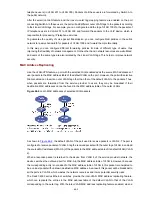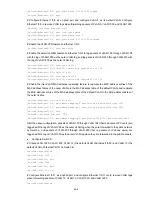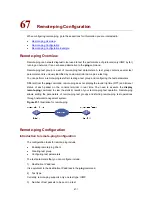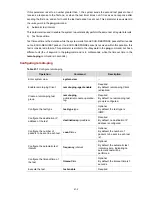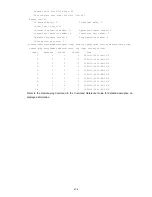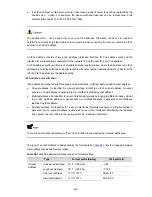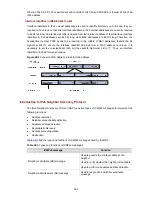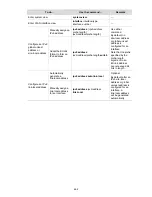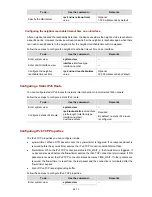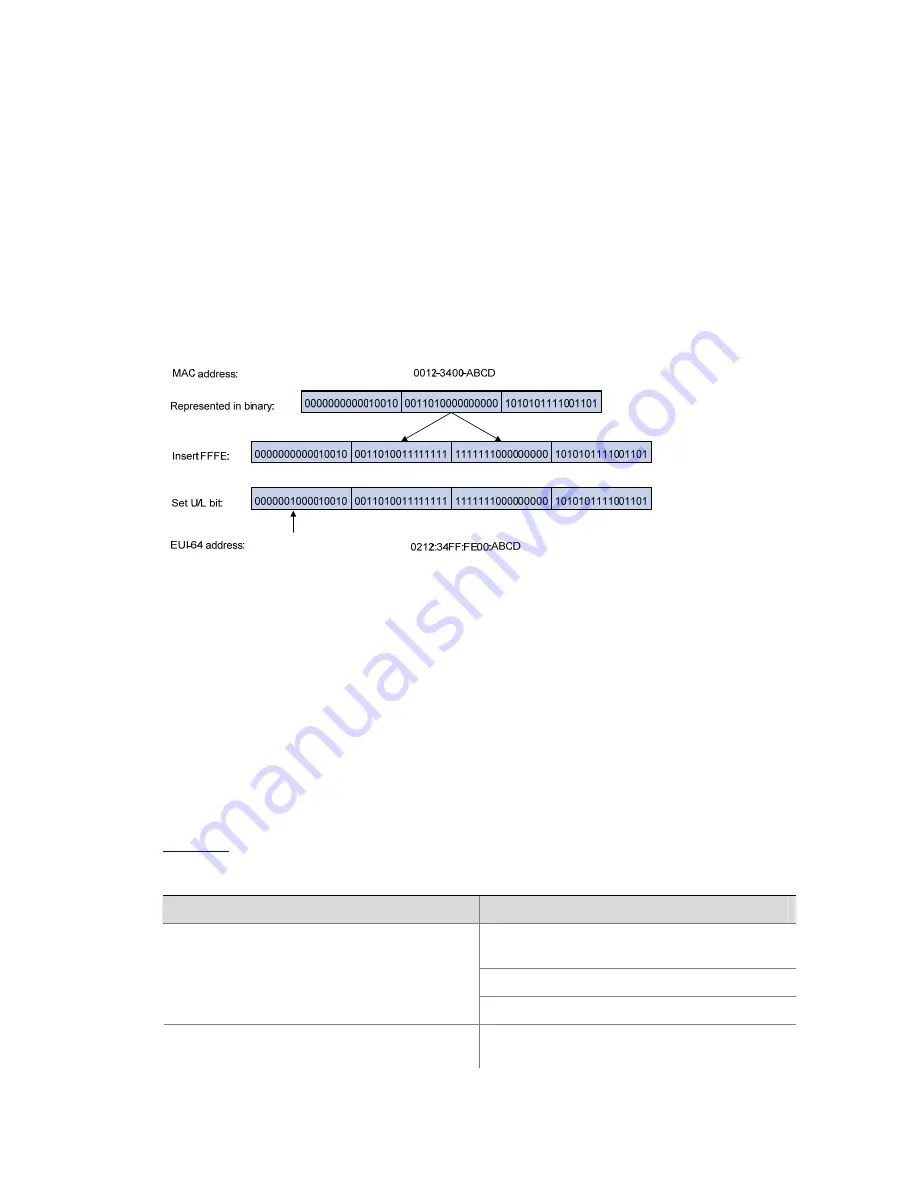
Where, FF02:0:0:0:0:1:FF is permanent and consists of 104 bits, and XX:XXXX is the last 24 bits of an
IPv6 address.
Interface identifier in IEEE EUI-64 format
Interface identifiers in IPv6 unicast addresses are used to identify interfaces on a link and they are
required to be unique on that link. Interface identifiers in IPv6 unicast addresses are currently required
to be 64 bits long. An interface identifier is derived from the link-layer address of that interface. Interface
identifiers in IPv6 addresses are 64 bits long, while MAC addresses are 48 bits long. Therefore, the
hexadecimal number FFFE needs to be inserted in the middle of MAC addresses (behind the 24
high-order bits).To ensure the interface identifier obtained from a MAC address is unique, it is
necessary to set the universal/local (U/L) bit (the seventh high-order bit) to “1”. Thus, an interface
identifier in EUI-64 format is obtained.
Figure 68-2
Convert a MAC address into an EUI-64 address
Introduction to IPv6 Neighbor Discovery Protocol
The IPv6 Neighbor Discovery Protocol (NDP) uses five types of ICMPv6 messages to implement the
following functions:
z
Address resolution
z
Neighbor unreachability detection
z
Duplicate address detection
z
Router/prefix discovery
z
Address autoconfiguration
z
Redirection
Table 68-3
lists the types and functions of ICMPv6 messages used by the NDP.
Table 68-3
Types and functions of ICMPv6 messages
ICMPv6 message
Function
Used to acquire the link-layer address of a
neighbor
Used to verify whether the neighbor is reachable
Neighbor solicitation (NS) message
Used to perform a duplicate address detection
Neighbor advertisement (NA) message
Used to respond to a neighbor solicitation
message
68-5

